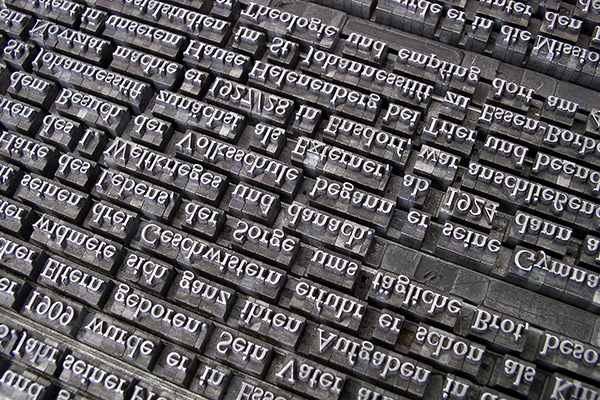Plain language is about writing in a way that everyone can understand. Photo: Pixabay
According to the Swedish Dyslexia Association, between 5 and 8% of the population have difficulty reading and writing. This figure could be even higher. Dyslexia is only one of many types of functional illiteracy. Another is alexia, or word blindness, a disorder of the central nervous system characterised by impaired reading ability. Those who do not have Swedish as their native or first language may also find it difficult to absorb a text. This applies not only to those born in another country, Swedes who are born deaf or lose their hearing during early childhood also have a different first language in sign language, which has its own sentence construction, signs that may mean more than a single word, etc.
In short, a great many people can find it difficult to read and right. By writing in plain language, we can make it easier for them – and everyone else – to quickly absorb the content of a text. As a writer, it is important to consider what you are trying to convey in your text. Expressing oneself clearly is always good, regardless of the readership you wish to reach.
If we are unable to explain what we do in a comprehensible manner, then what is the point of our work and our organisation?
A few short and sweet tips:
- Avoid abbreviations. Never make up your own abbreviations. If you must use an abbreviation, write the full meaning the first time you use it.
- Use Swedish words in Swedish texts: avoid English words and expressions. These days it is perfectly acceptable to write ‘e-post’ or ‘mejl’ rather than mail.
- Write ‘ska’ and ‘sa’: Uppsala University uses modern forms.
- When writing numbers, write numbers up to twelve in words and higher numbers in numerals. It is preferable not to mix these two forms in the same sentence.
- Bulleted lists are easy to read. If your bulleted list is a continuous sentence, begin each bullet point with a lowercase letter and end the final point with a full stop.
